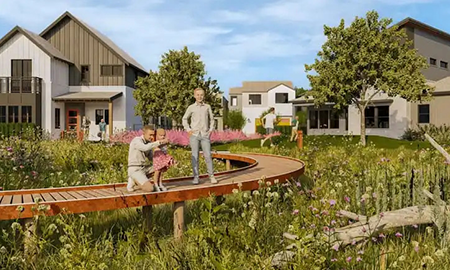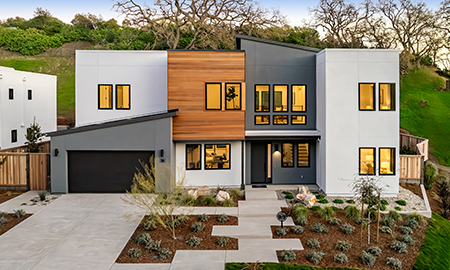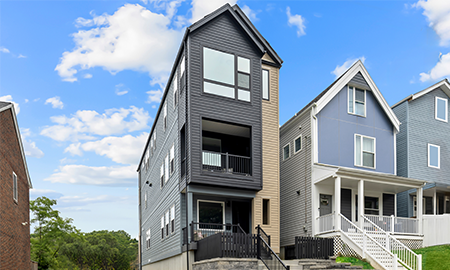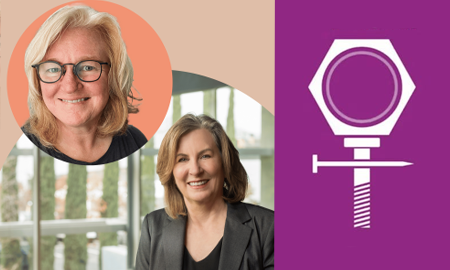The master planning process presents many opportunities to enhance the ability to respond to similar circumstances in the future with an eye on space flexibility, whether it is master planning campus wide, or within a specific department or wing of a facility. While the relationship between scope and budget can constrain what is feasible, ensuring that flexibility is not lost will maximize the value of each project, ultimately resulting in a higher standard of care for our communities. As we are advising clients, flexibility is a critical factor on the forefront of our analysis, in the design and in coordination with mechanical, electrical and structural infrastructure.
For example, incorporating standardization and modular designs results in spaces that are easier to re-purpose, which is especially important in a health crisis such as we are experiencing. While there is still an important place for hospitality-type design features as a means for improving the patient and family experience during times of personal health crises, they should be applied strategically to minimize the overall impact on flexibility.

Additionally, the practice of evaluating the overall fire barrier plans through the lens of protecting patients during catastrophic events will result in spaces with enhanced adaptability to surge spaces to deliver the care most needed at a particular time. In California, seismic activity and conditions contributing to extreme fires, which have the potential to co-occur with pandemics, means life-safety must also remain paramount in planning the adaptability to surge spaces.
The experience of COVID-19 has changed the way society thinks about what is "the norm," and at DAHLIN we will continue working alongside the healthcare community to design flexibility in patient care long after we recover from this pandemic.







